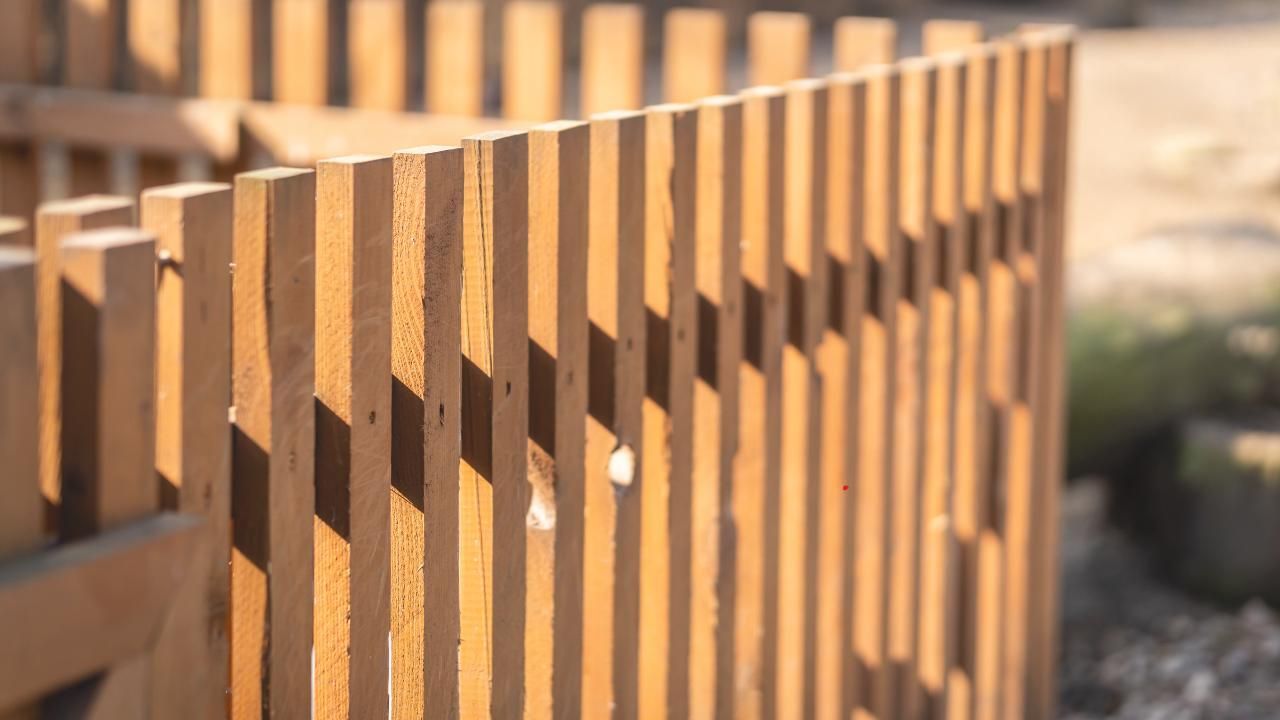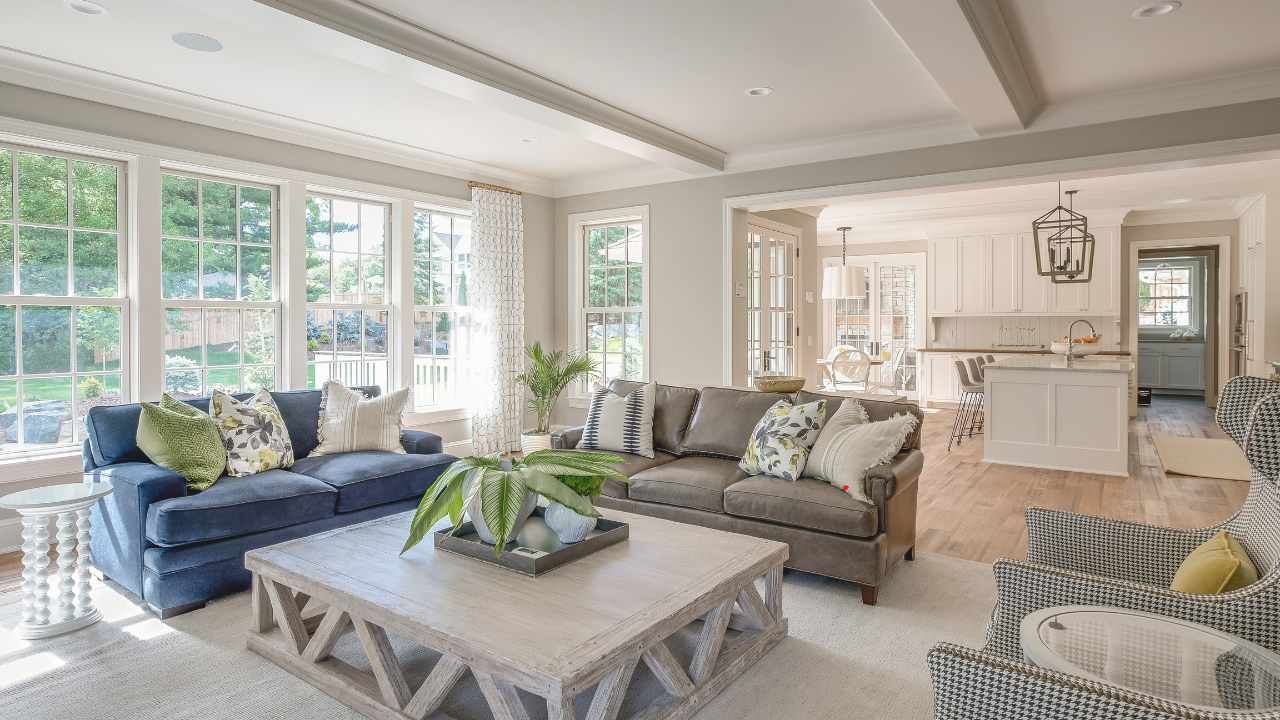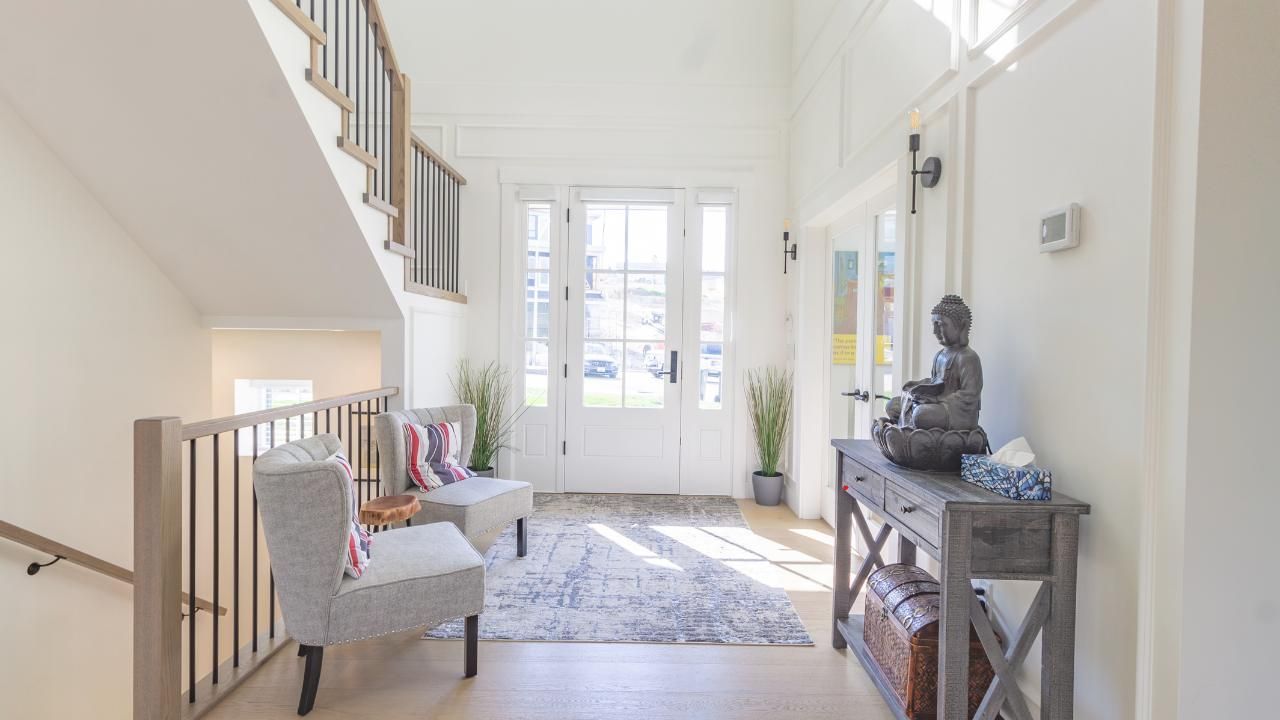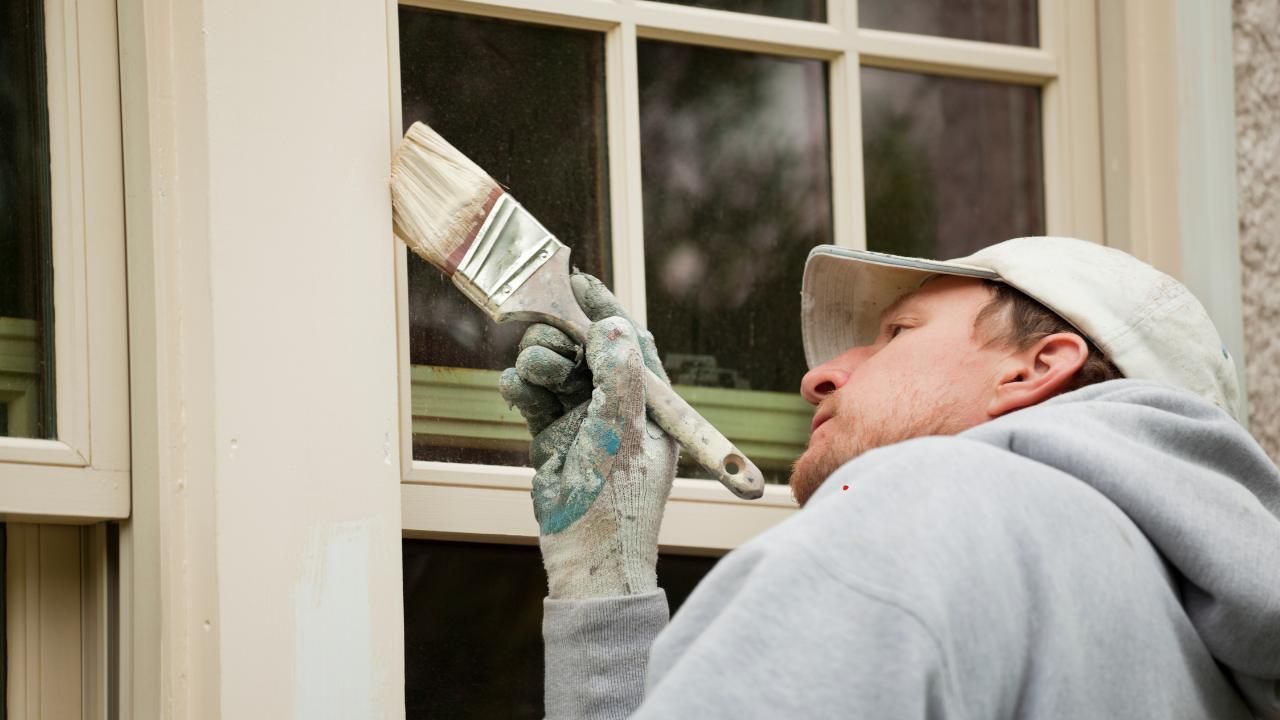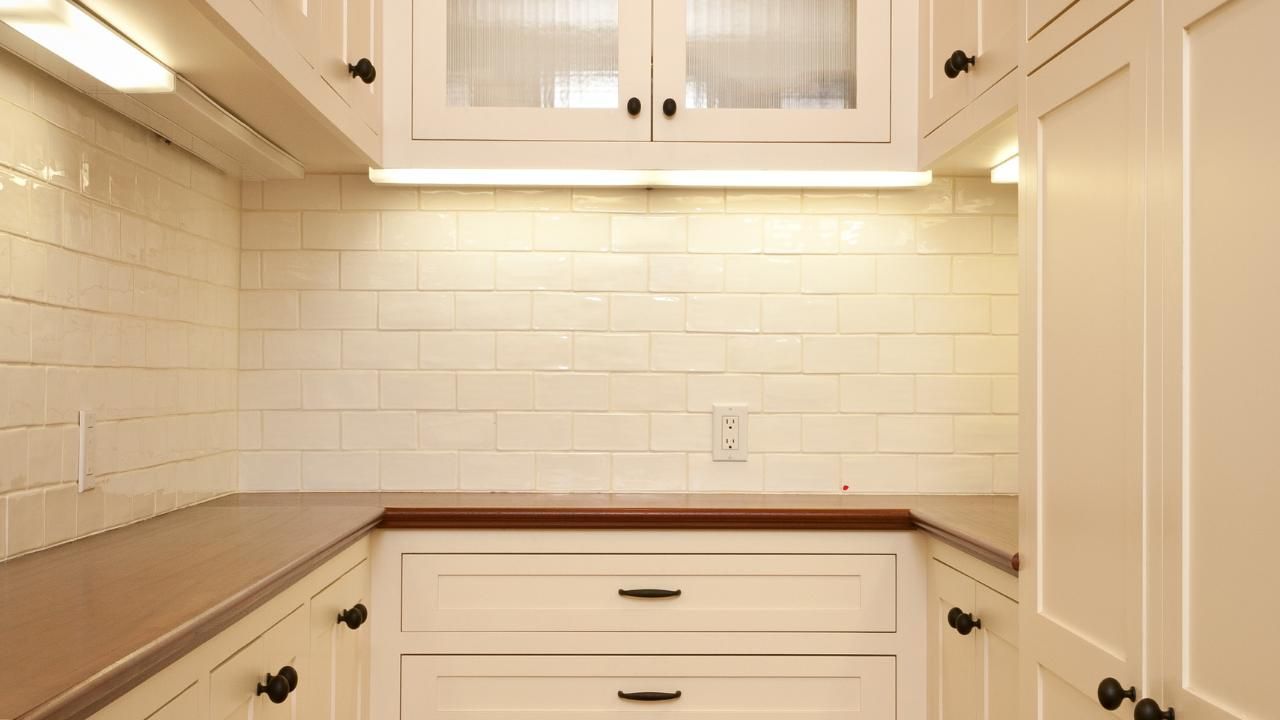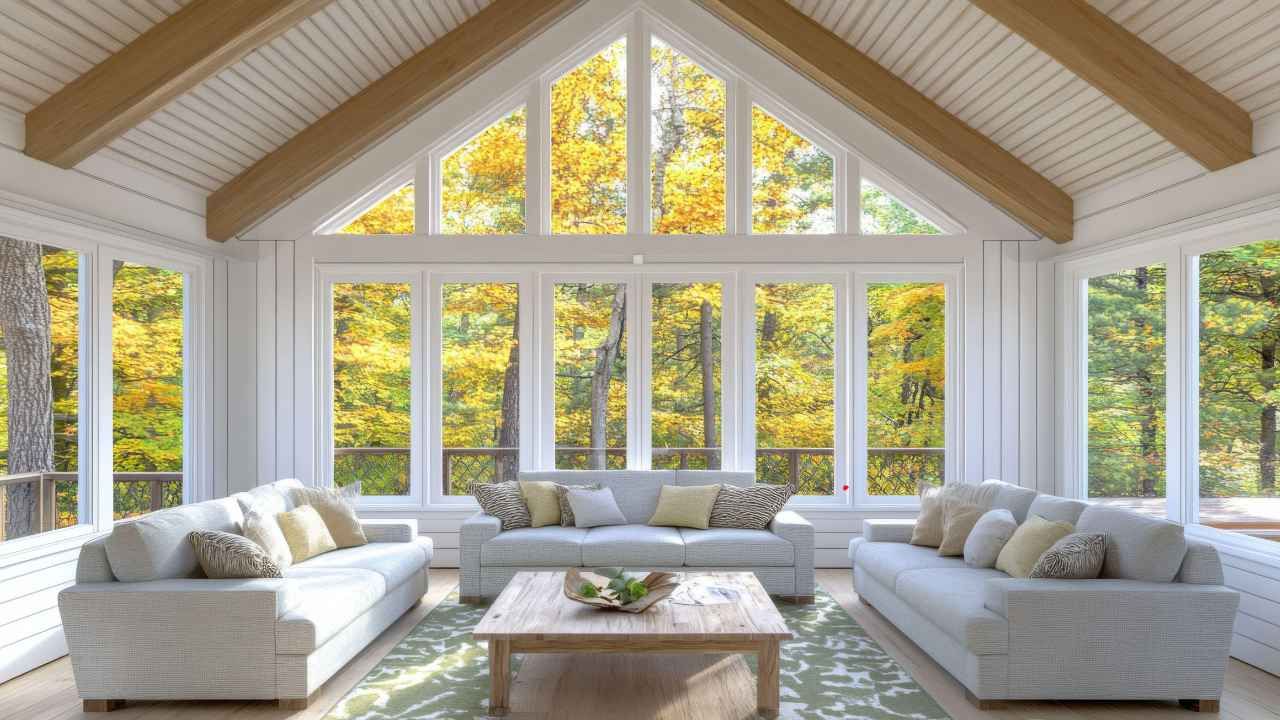Fencing for Sloped Yards: What Works Best?
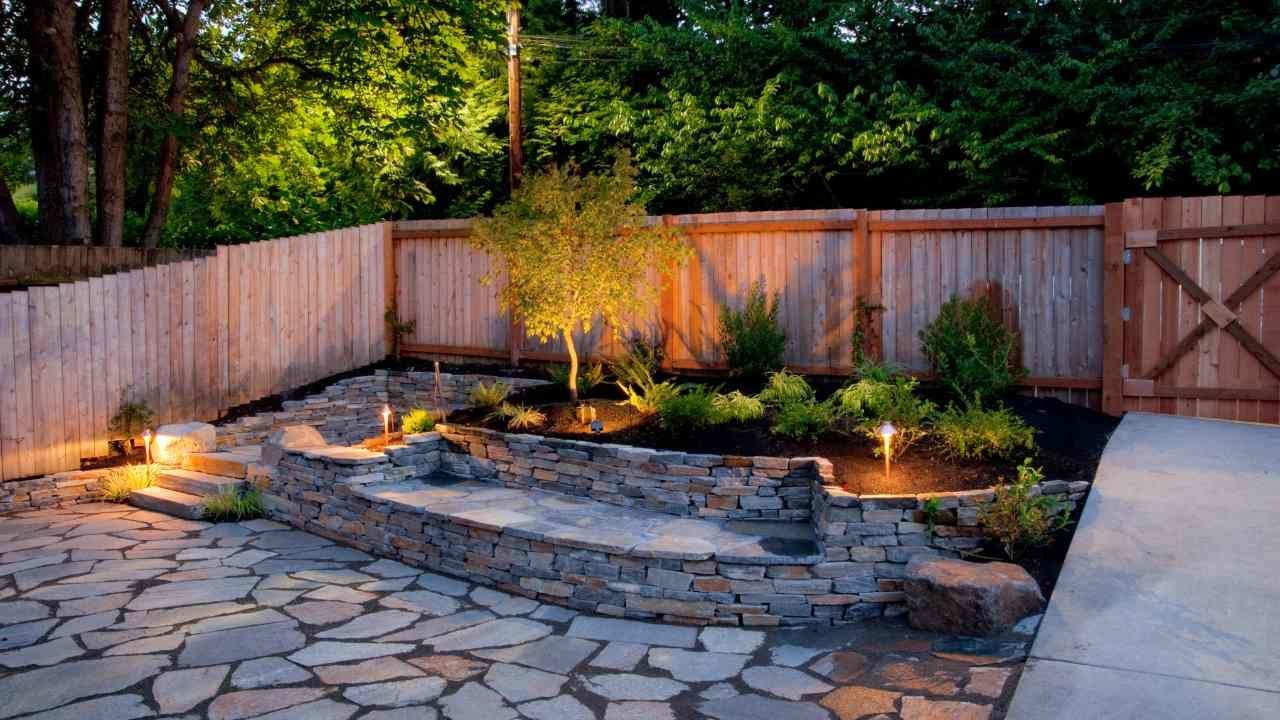
Sloped yards can present unique fencing challenges. If you’re dealing with a hill or uneven terrain, building a sturdy, attractive fence can quickly become a head-scratcher. But the good news? With the right approach, a sloped yard doesn’t have to limit your fencing options—it just means getting a little creative.
In this post, we’ll walk through the best fencing techniques for sloped landscapes, how to avoid common pitfalls, and which styles work best for looks and function.
Why Slopes Are Tricky—and What to Do About It
Sloped yards present one big challenge: gaps. If you try to install a fence the same way you would on flat ground, you’ll end up with awkward spaces beneath the panels or an uneven top line. To solve that, fence builders typically choose between two installation methods:
- Stepped fencing: Each panel is installed slightly higher or lower than the last, following the contour of the slope in steps. It’s great for traditional fences, but can leave triangular gaps underneath—especially with steeper slopes.
- Racked fencing (also called raked): Here, the rails follow the slope in a continuous angle, allowing pickets to be aligned with the ground. It provides a cleaner, gap-free look but is more complex to install.
Your choice depends on the angle of your slope, your desired look, and whether you need to keep pets or kids safely inside.
Best Fence Types for Sloped Yards
Not all fencing materials and styles adapt well to angled terrain. Here are a few that do:
- Wood picket fencing: Classic and versatile, wood fences can be customized to fit almost any slope. You can use either stepped or racked methods depending on the design. Bonus: They’re easy to stain or paint to match your home. A good contractor, like those who specialize in both painters Central Oregon and fence building, can help ensure a consistent look across the yard.
- Vinyl fencing: Low maintenance and clean-looking, vinyl works best with racked installation. Many modern vinyl systems are designed to accommodate slight slope variations without losing structural integrity.
- Wrought iron or aluminum: These elegant options are naturally suited to racked installation because the pickets are often welded to follow the angle of the rails. They offer excellent visibility while still keeping things secure.
- Split rail fencing: Ideal for large, rural properties or decorative borders. It’s usually stepped, but its rustic nature means gaps are part of the look rather than a problem.
Avoid These Common Mistakes
Fencing a sloped yard can look deceptively simple—until you hit a snag. Watch out for these common missteps:
- Skipping a survey: It’s crucial to know your exact property line before digging, especially on uneven land.
- Using standard panels: Prefab panels may not accommodate your slope and could lead to big gaps or an unsteady fence. Go custom or modular instead.
- Poor post placement: Posts need to be deep and level, even on a hill. Otherwise, your fence may lean over time.
Case Study: From Headache to Highlight
When the Wilsons moved into their Oregon home, the backyard sloped sharply toward the back. They needed both privacy and pet security—but didn't want a fortress. Partnering with Ash Painting and a local builder, they opted for a racked cedar fence that followed the land’s contours. Not only did it blend beautifully with the landscape, but the team also matched the fence stain to the home’s trim. The once-problematic slope? Now one of their favorite features.
Final Thoughts: Make the Slope Work for You
The key to successful fencing on a slope is matching the method to the land—and working with people who know the difference. Whether you’re stepping or racking, choosing the right style and materials makes all the difference in both durability and curb appeal.
Thinking of fencing your sloped yard? Reach out to a local expert who understands both design and terrain.


